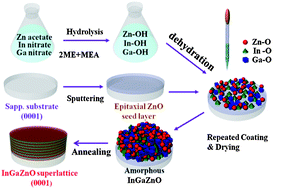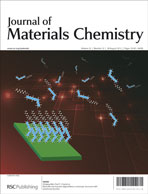Hybrid solution processed InGaO3(ZnO)m thin films with periodic layered structures and thermoelectric properties
Abstract
Short period superlattices comprising alternating InO2− and GaO+(ZnO)2 layers were fabricated by a simple hybrid solution process and reactive


 Please wait while we load your content...
Please wait while we load your content...